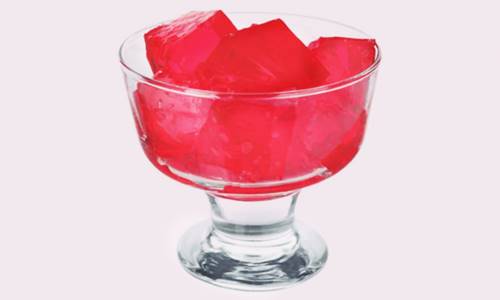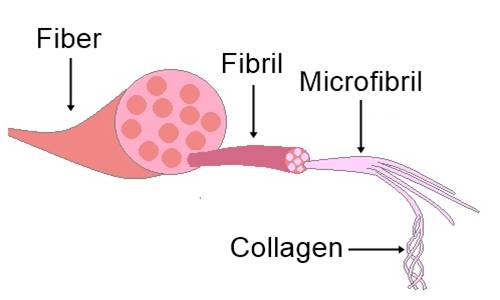Gelatin: Nutrition and Health Benefits
What Is Gelatin Good For? Uses and More
Fact Checked
×All the content published in our website is fact checked to validate its accuracy.
Visit our guidelines web page to learn more about our strict processes regarding how we review our content's sources: reliable and reputable journals, media websites, universities, colleges, organizations, and professionals.
Our articles are based on scientific evidence, and the references are included in its footnotes, which are clickable links to sound scientific papers.
First published: 14.Oct.2023
Overview: Gelatin
Gelatin is a food consisting of protein obtained from animal collagen. It is used extensively as a thickening agent in foods, cosmetics, and pharmaceuticals.
As it lacks fat and carbohydrates, it is a great complement for weight-loss diet programs, low-carb, high-protein and ketogenic diets. It also has some health benefits.
References and Further Reading
(1) Gelatin, GROW – Gelatin Representatives of the World. Accessed Oct. 14, 2023
(2) Jell-O orange jelly powder light. Accessed Oct. 14, 2023
(3) Zhu S, Huang M, Feng G, Miao Y, Wu H, Zeng M, Lo YM.(2018). Gelatin versus its two major degradation products, prolyl-hydroxyproline and glycine, as supportive therapy in experimental colitis in mice. Food Sci Nutr. 2018 Apr 16;6(4):1023-1031. doi: 10.1002/fsn3.639. PMID: 29983966
(4) Shaw G, Lee-Barthel A, Ross ML, Wang B, Baar K. (2016). Vitamin C-enriched gelatin supplementation before intermittent activity augments collagen synthesis. Am J Clin Nutr. 2017 Jan;105(1):136-143. doi: 10.3945/ajcn.116.138594. Epub 2016 Nov 16. PMID: 27852613
(5) Hochstenbach-Waelen A, Westerterp-Plantenga MS, Veldhorst MA, Westerterp KR. (2009). Single-protein casein and gelatin diets affect energy expenditure similarly but substrate balance and appetite differently in adults, J Nutr. 2009 Dec;139(12):2285-92. doi: 10.3945/jn.109.110403. Epub 2009 Oct 28. PMID: 19864402
(6) Hochstenbach-Waelen A, Soenen S, Westerterp KR, Westerterp-Plantenga MS. (2011). Effects of a supra-sustained gelatin-milk protein diet compared with (supra-)sustained milk protein diets on body-weight loss, Br J Nutr. 2011 May;105(9):1388-98. doi: 10.1017/S0007114510005106. Epub 2011 Jan 28. PMID: 21272400
(7) W. Keefe, S. Farzan, (2021). Gelatin allergy implicated in intraoperative anaphylaxis following use of gelatin-based hemostatic agent, Ann Allergy Asthma Immunol 127:5
(8) Mullins RJ, James H, Platts-Mills TA, Commins S., (2012). Relationship between red meat allergy and sensitization to gelatin and galactose-α-1,3-galactose, J Allergy Clin Immunol. 2012 May;129(5):1334-1342.e1. doi: 10.1016/j.jaci.2012.02.038. Epub 2012 Apr 3. PMID: 22480538
About this Article
Gelatin: Nutrition and Health Benefits, A. Whittall
©2023 Fit-and-Well.com, 14 Oct. 2023. Update scheduled for 14 Oct. 2025. https://www.fit-and-well.com/diet-food/gelatine-nutrition-benefits.html
Tags: collagen, gelatin, arthritis, diets, weight loss




